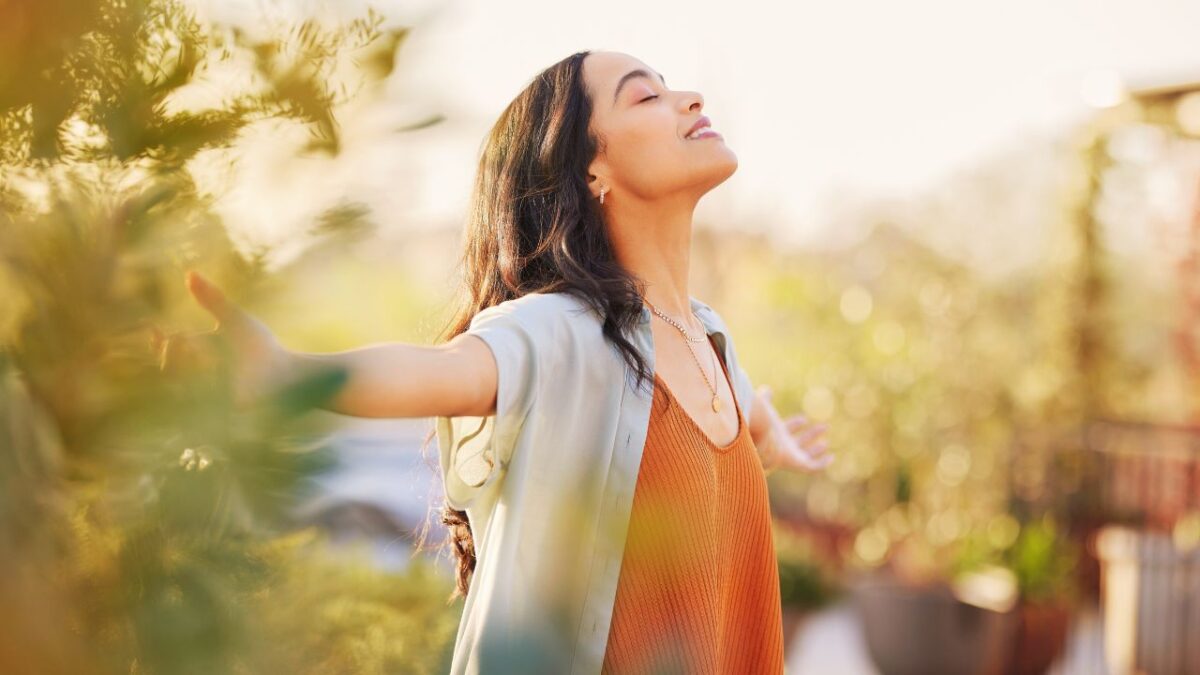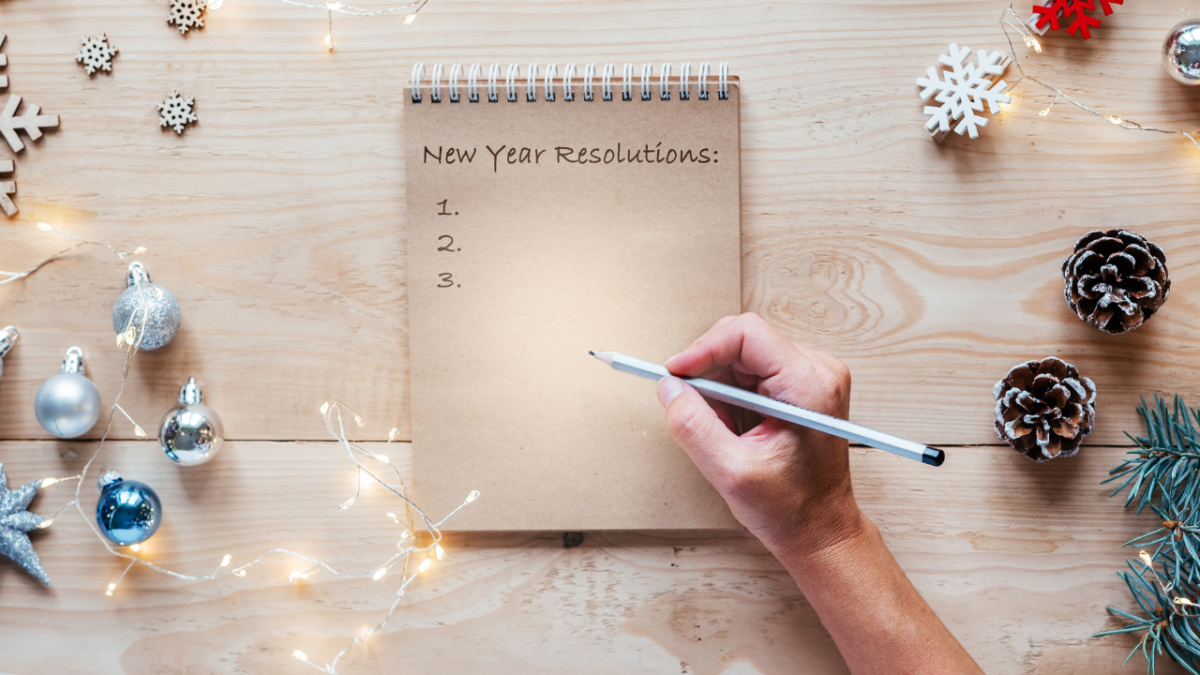Let’s get real: perimenopause can feel like a one-way ticket to Exhaustionville. Between night sweats sabotaging your sleep, hormonal mood swings making you cry over burnt toast, and that mid-afternoon slump that hits harder than it did in your 30s, it’s no wonder so many women feel like they’re running on empty.
But here’s the good news—there are small, practical changes you can make to your daily routine that will give you more energy (and dare I say, joy?) to power through your days. Let’s dive into some feel-good solutions that work with your body, not against it.
Morning: Start Your Day Like a Queen
Mornings during perimenopause can feel like the ultimate betrayal—after tossing and turning all night thanks to night sweats or racing thoughts, you wake up groggy and dragging, like you’ve already used up your energy for the day before your feet even hit the floor. The idea of “carpe diem” (seizing the day) feels like a cruel joke when all you want to do is crawl back under the covers. That’s why creating a simple but intentional morning ritual can make all the difference.
- Start with hydration—your body has been without water for hours, and dehydration only adds to that grogginess. Before you grab your coffee, drink a tall glass of water, perhaps with a squeeze of lemon or a few cucumber slices to make it feel like a mini spa moment.
- Next, embrace natural light. Open your curtains, step outside for a few minutes, or stand near a sunny window. Sunlight signals to your brain that it’s time to wake up by regulating your circadian rhythm and boosting serotonin, the “feel-good” hormone.
- Finally, wake up your body gently with a few stretches or light yoga. Even just five minutes of moving your spine, loosening tight joints, or taking deep breaths can help shake off stiffness and increase circulation.
These small, doable steps set a positive tone for your day, helping you feel a little less groggy and a lot more ready to tackle whatever comes your way.
Mid-Morning: Snack Smart, Not Fast
By mid-morning, many women hit a wall—that infamous 10 a.m. crash that makes it almost impossible to focus. You might feel sluggish, irritable, and desperate for a quick energy fix, which is when the vending machine starts calling your name. The temptation to grab a sugary snack or a carb-loaded pastry is real, but here’s the catch: while those options might give you a temporary burst of energy, they’ll also send your blood sugar on a rollercoaster ride, leaving you feeling even more drained not long after.
The solution? Plan ahead with energizing snacks that stabilize your blood sugar and keep your energy steady throughout the day. A winning combo is pairing protein with a healthy carb—for example, apple slices with almond butter, a handful of nuts with a boiled egg, or Greek yogurt topped with a few berries. These options are quick, satisfying, and help you avoid the spike-and-crash cycle that comes with sugary treats. Plus, don’t forget to hydrate! Fatigue is often a sign of dehydration, so keep a water bottle handy and sip consistently to stay refreshed and alert.
With a little snack strategy, you can glide through your mornings without falling prey to that vending machine trap.
Bonus tip: Keep a water bottle handy and sip consistently. Many women mistake dehydration for fatigue!
Afternoon: Beat the Energy Slump
The dreaded 2 p.m. slump—when your energy takes a nosedive and your productivity goes right along with it. You’re sitting at your desk, staring blankly at your computer, wondering how you’ll make it through the rest of the day without crawling into bed first. Sound familiar? This mid-afternoon crash happens because your body’s natural energy rhythms dip after lunch, and if you’ve been sitting still for hours, it only makes things worse.
The solution? Get moving! A quick burst of physical activity can help you reset both your body and your mind. Even a brisk 10-minute walk around the block can do wonders—movement increases circulation, delivers oxygen to your muscles and brain, and releases endorphins, which help boost your mood and shake off the sluggishness.
If you’re stuck indoors or short on time, stand up and do a few stretches to loosen tight muscles and relieve tension. Pair this movement with a focus reset by practicing the 20-20-20 rule: every 20 minutes, look at something 20 feet away for 20 seconds to give your eyes (and brain) a break from the screen.
Skip the temptation to grab another cup of coffee—it might give you a short-lived boost, but too much caffeine late in the day can sabotage your sleep later. Instead, try green tea for a gentler lift that also delivers a dose of antioxidants.
With a quick recharge, you’ll find yourself more energized and ready to tackle the rest of your day.
Evening: Prep for Restful Sleep
It’s late at night, and your body feels completely drained—but instead of drifting off to sleep, your brain has decided it’s the perfect time to rehash every awkward conversation from the past decade or plan next week’s to-do list. Sound familiar? This is a common frustration during perimenopause. Hormonal changes can throw your sleep cycle out of sync, making it harder to wind down even when you’re exhausted. To calm the chaos, it’s essential to create an evening routine filled with calming habits that truly prepare your body and mind for restful sleep. Start by setting the stage for comfort: keep your bedroom cool—between 65 and 68°F is ideal—and invest in breathable, cooling sheets to help with night sweats. Then, ditch your screens at least an hour before bed. The blue light emitted by phones, tablets, and TVs disrupts your body’s melatonin production, making it harder to fall asleep. Instead of doom-scrolling or binge-watching, try more soothing activities like reading, journaling, or listening to a calming podcast. You can also ease into sleep with a warm bath enriched with Epsom salts or magnesium flakes, which can help relax tense muscles and quiet your mind. Finally, consider incorporating a magnesium supplement or calming herbal teas like chamomile or valerian root into your nighttime ritual—they’re gentle, natural ways to help signal to your body that it’s time to unwind.
By establishing these sleep-friendly habits, you can help your brain turn off the party lights and give your body the deep, restorative rest it needs.
Weekend Reset: Prioritize “Me Time”
Life in your 40s and beyond often feels like a relentless juggling act—family responsibilities, work deadlines, household chores, and everyone else’s needs pulling you in a million directions. And let’s not forget the invisible mental load of keeping track of schedules, grocery lists, and those random socks that keep disappearing! With so much on your plate, carving out time for yourself can feel selfish or impossible. But here’s the thing: constantly running on empty is not sustainable. To show up fully for the people and things you care about, you must make time to recharge your batteries—and this means treating self-care as non-negotiable.
Start by blocking out time in your schedule just for you, and treat it like any other important commitment. Whether it’s 15 minutes or a whole afternoon, use this time to focus on activities that genuinely nourish your body and soul. Maybe it’s a solo walk in nature, catching up on a book you’ve been dying to read, journaling, or simply closing the door, putting on your favorite playlist, and dancing it out. If you’re feeling isolated, reconnecting with a good friend over coffee can do wonders for your mental health. Even small acts of self-care, like a luxurious skincare routine or lighting a candle while you sip tea, can remind you that you matter too.
Remember, self-care isn’t selfish—it’s a necessity, especially during perimenopause, when your energy and patience might already feel stretched thin. Taking time to recharge will leave you feeling more balanced, centered, and better equipped to tackle life’s demands without burning out. Because the truth is, you can’t pour from an empty cup. So, go ahead—schedule that “me time.” You deserve it.
When to Call in Reinforcements
If low energy is really taking a toll on your life, talk to your doctor about potential underlying issues. Thyroid imbalances, iron deficiency, or hormone therapy options may be worth exploring. And remember: you’re not alone in this journey.
Perimenopause is a wild ride, but with a few tweaks to your daily routine, you can reclaim your energy and get back to feeling like you.
Got questions or a go-to energy booster of your own? Share them in the comments below—let’s navigate this together!























